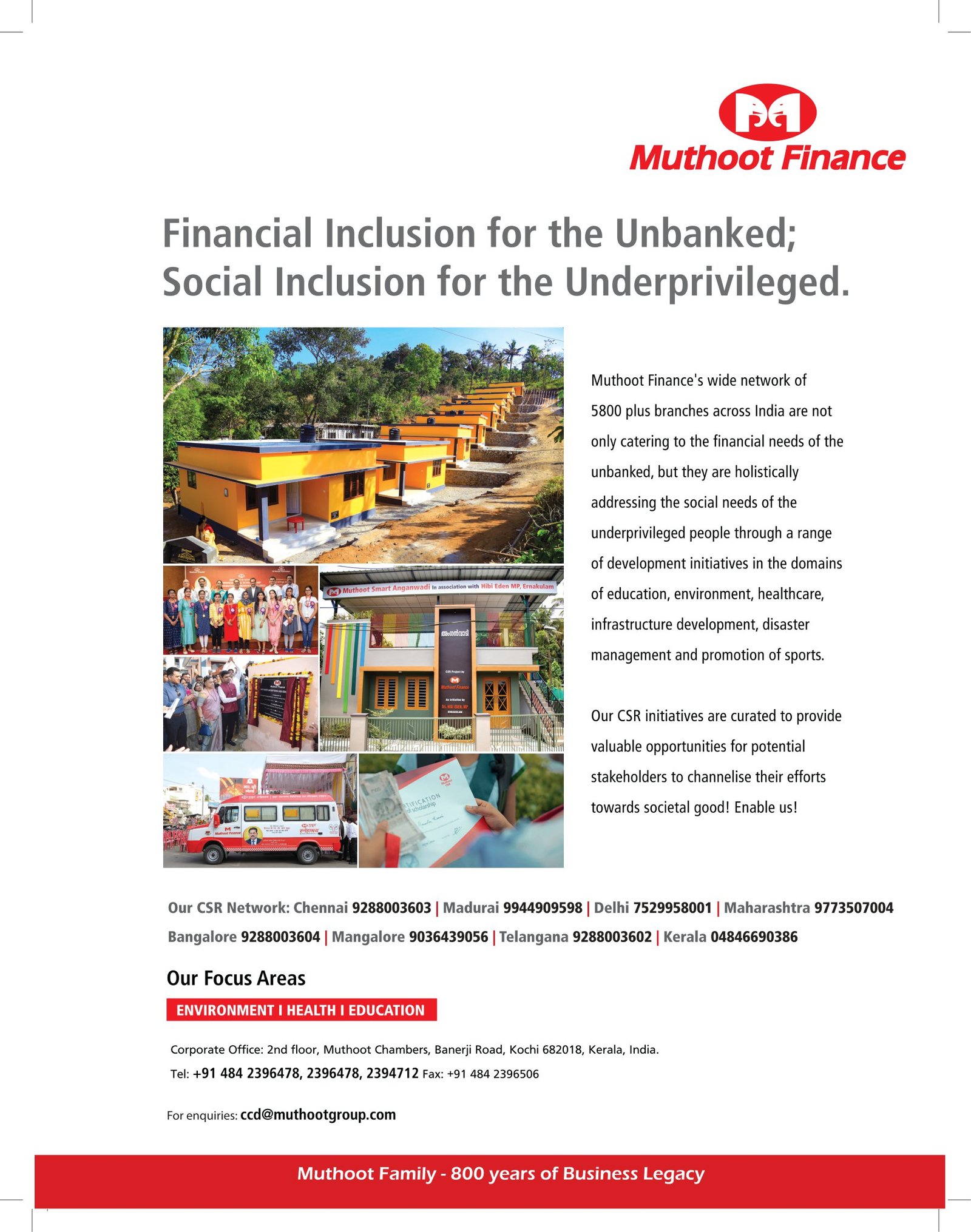
Empowering women in the workplace is not only a matter of gender equality but also a strategic imperative for organizations. Gender diversity and inclusion have been proven to drive innovation, enhance decision-making, and improve overall business performance. However, despite progress made in recent years, many women still face barriers and biases in their professional lives. Let us contemplate the effective strategies for empowering women in the workplace, highlighting the benefits, challenges, and implementation approaches.
Breaking Down Barriers and Bias
To empower women, organizations need to identify and dismantle the barriers and biases that hinder their progress. These barriers can include gender stereotypes, unconscious biases, lack of representation in leadership positions, limited access to opportunities, and work-life balance challenges. Organizations must create awareness, provide training, and establish policies that address these issues head-on.
Promoting Equal Opportunities and Advancement
Organizations should strive to provide equal opportunities for women to access and advance in their careers. This can be achieved by implementing strategies such as:
- Recruitment and Hiring: Ensuring diversity and ID at estates, establishing gender-neutral job descriptions, and implementing blind hiring practices to mitigate unconscious biases.
- Mentorship and Sponsorship: Establishing formal mentoring programs that connect women with senior leaders who can provide guidance, support, and advocacy for their career advancement.
- Leadership Development: Offering leadership development programs specifically tailored for women to enhance their skills, confidence, and visibility for leadership roles.
- Flexible Work Arrangements: Providing flexible work options, such as remote work, flexible hours, and parental leave policies, to support work-life balance and retain women in the workforce.
Fostering an Inclusive and Supportive Culture
Creating an inclusive and supportive culture is essential for empowering women in the workplace. This involves:
- Diversity and Inclusion Training: Providing training programs that raise awareness about unconscious biases, promote inclusive language and behaviours, and foster a culture of respect and belonging.
- Employee Resource Groups (ERGs): Establishing ERGs focused on women’s empowerment, where employees can connect, share experiences, and collaborate on initiatives that promote gender equality and inclusion.
- Pay Equity and Transparency: Organizations must conduct pay equity audits at regular intervals to identify and address any gender pay gaps and ensure transparency in compensation practices.
- Work-Life Integration: Implementing policies and practices that support work-life integration, such as on-site.
There is no doubt that empowering women in the workplace is crucial for creating a diverse and inclusive environment. Here are a few strategies to promote women’s empowerment:
- Equal Pay and Compensation: Ensure that women receive equal pay for equal work. Regular pay equity audits must be conducted to identify and address any pay gaps. Transparent and fair compensation systems must be implemented to avoid biases.
If one were to elaborate on the above a few salient points that would emerge would be –
Conduct Pay Equity Audits: Organizations should regularly conduct pay equity audits to identify any disparities in pay between genders. This involves examining compensation data, job levels, and performance metrics to ensure that men and women performing similar roles are paid equally. If pay gaps are identified, steps should be taken to rectify the discrepancies and ensure fair compensation.
Derive transparent and fair Compensation Systems: Organizations should establish transparent and fair compensation systems that are free from biases and discrimination. This includes clearly defined pay scales, salary bands, and criteria for determining compensation levels.
Transparent systems enable employees to understand how their pay is determined and reduce the likelihood of gender-based pay disparities.
Impart salary Negotiation Training: Provide training and resources to women (and all employees) on salary negotiation skills. Many studies have shown that women tend to negotiate less than men, leading to potential pay disparities. By equipping women with the knowledge and skills to negotiate effectively, organizations can help bridge the pay gap.
Try and eliminate bias in Performance Evaluations: Biases in performance evaluations can perpetuate pay disparities. Ensure that performance evaluations are objective and based on measurable criteria. Train managers and evaluators to recognize and eliminate unconscious biases that may influence performance ratings and subsequent compensation decisions.
Introduce Pay Transparency: Consider implementing pay transparency policies that allow employees to have visibility into the salary ranges for various positions within the organization. Transparency can help identify and address any pay disparities by promoting open discussions and encouraging employees to advocate for fair compensation.
Conduct regular Compensation Reviews: Conduct regular reviews of compensation practices to ensure ongoing fairness and equity. This includes reviewing pay structures, performance evaluation processes, and any changes in market rates. Stay updated with industry standards to ensure that compensation remains competitive and equitable.
Promote Salary Parity: Organizations should actively promote salary parity and communicate their commitment to pay equality. This can be done through public statements, diversity reports, and internal communications. Emphasize the importance of pay equity as a core value of the organization.
Monitor and Address Pay Gaps: Continuously monitor pay gaps and take prompt action to address any disparities. Regularly analyze compensation data by gender, job level, and other relevant factors to identify any emerging trends or discrepancies. Addressing pay gaps proactively demonstrates a commitment to fair compensation practices.
By prioritizing equal pay and compensation, organizations can create a work environment where women feel valued, recognized, and empowered. It helps to eliminate barriers.
- Leadership Development and Advancement: Provide leadership development programs specifically designed for women. Offer mentorship and sponsorship opportunities to support their career growth. Create clear pathways for advancement and ensure equal access to promotion opportunities. Some important points to be taken into consideration could be –
Mentoring and Sponsorship Programs: Implement mentoring and sponsorship programs that specifically target the development of women leaders. Mentors can provide guidance, support, and advice to women aspiring to advance in their careers. Sponsors, on the other hand, actively advocate for their mentees’ advancement, open doors to new opportunities, and help them navigate organizational politics.
Training and Skill Development: Offer leadership training programs that focus on building the necessary skills and competencies for women to excel in leadership roles. This includes training in areas such as communication, negotiation, decision-making, strategic thinking, and conflict resolution. Providing access to professional development opportunities helps women enhance their leadership capabilities.
Supportive Work Environment: Foster a work environment that is supportive of women’s leadership aspirations. This can be achieved by promoting a culture of inclusion, diversity, and gender equality. Encourage open dialogue, provide flexible work arrangements, and establish policies that promote work-life balance. A supportive environment helps women thrive and encourages them to pursue leadership positions.
Networking and Community Building: Create networking opportunities and platforms for women leaders to connect, share experiences, and learn from one another. This can be done through women’s leadership forums, conferences, and networking events. Building a strong community of women leaders provides a supportive network and encourages collaboration and mentorship.
Bias Awareness and Training: Conduct bias awareness training for employees, including managers and leaders, to help them recognize and address unconscious biases that may hinder women’s advancement. This training can help create a more inclusive and fair decision-making process, ensuring that women have equal opportunities for leadership roles.
Succession Planning: Incorporate gender diversity and inclusion into succession planning processes. Actively identify and develop high-potential women within the organization, creating a pipeline of future women leaders. By intentionally considering women for leadership positions, organizations can ensure a balanced representation at every level.
Transparent Promotion and Evaluation Processes: Establish clear and transparent promotion and evaluation processes that are free from gender bias. Ensure that performance criteria, evaluations, and promotion decisions are based on objective measures and competencies rather than subjective judgments. Transparent processes provide equal opportunities for women to showcase their skills and expertise.
Leadership Development Programs: Invest in leadership development programs specifically designed for women. These programs can provide targeted support, mentorship, and skill-building opportunities to help women overcome barriers and excel in leadership roles. Such programs can be tailored
- Flexible Work Arrangements: Flexible work arrangements that can be offered could be remote work, part-time options, or flexible hours. This allows women to balance their personal and professional responsibilities effectively.
Flexible work arrangements refer to alternative work schedules or arrangements that provide employees with the flexibility to balance their work and personal life responsibilities.
Here are some aspects to consider:
Remote Work: Remote work allows employees to work from a location outside of the traditional office setting. It can be done on a full-time or part-time basis, depending on the job requirements. Remote work offers flexibility in terms of eliminating commute time, reducing work-life conflicts, and enabling employees to create a conducive work environment that suits their needs.
Flexitime: Flexitime allows employees to choose their work hours within certain limits set by the organization. It provides employees with the freedom to determine their start and end times, as long as they meet the required number of hours. This flexibility accommodates personal obligations, such as childcare or attending appointments, without compromising work productivity.
Compressed Workweek: A compressed workweek allows employees to work a full-time schedule, typically 40 hours, in fewer than five days. For example, an employee might work four longer days instead of five regular days. This arrangement can provide more extended periods of uninterrupted time off, increasing work-life balance.
Job Sharing: The meaning of job sharing would quite simply translate into two or more employees sharing the responsibilities of a full-time position or job. Each employee works part-time, and together they cover the full set of job responsibilities. Job sharing allows individuals to balance work and personal commitments while still contributing to the organization.
Reduced Hours: Employees may opt for reduced working hours, such as part-time employment, to accommodate personal priorities. This arrangement allows individuals to fulfil their responsibilities while still being employed. Organizations can offer various part-time options, such as working specific days or reducing the number of hours per day.
Flexible Scheduling: Flexibility in scheduling allows employees to adapt their work hours based on personal needs or preferences. This can include starting and ending work at different times, taking breaks as needed, or adjusting work hours to participate in personal activities. Flexible scheduling provides individuals with autonomy over their work hours while meeting job requirements.
Phased Retirement: Phased retirement programs enable employees to transition gradually into retirement by reducing their workload or transitioning to part-time employment. This arrangement allows employees to maintain their skills, knowledge, and income while preparing for retirement.
Benefits of Flexible Work Arrangements:
- This boosts employee satisfaction and morale and increases retention rates considerably.
- Improved work-life balance, reducing stress and burnout.
- Enhanced productivity and engagement as employees have more control over their schedules.
- Expanded talent pool and improved diversity
- Supportive Policies and Practices: Establish policies that address work-life balance, parental leave, and childcare support. Implement family-friendly policies that support women during pregnancy, childbirth, and caregiving responsibilities.
Supportive policies and practices are organizational initiatives that aim to create a positive work environment and support employees in managing their work-life balance.
Here are some examples:
Family-Friendly Policies: Organizations can implement policies that support employees with families, such as parental leave, maternity/paternity leave, adoption assistance, flexible scheduling for childcare needs, and on-site daycare facilities. These policies recognize the importance of family responsibilities and help employees navigate their personal and professional lives.
Wellness Programs: Wellness programs focus on promoting and supporting employees’ physical and mental well-being. These programs may include initiatives such as gym memberships, wellness challenges, mental health resources, stress management workshops, and access to counselling services. By prioritizing employees’ well-being, organizations can help reduce stress and improve overall job satisfaction and productivity.
Employee Assistance Programs: These provide counselling and support services to employees and their families in a confidential way. These programs can assist with a range of personal and work-related issues, including mental health concerns, stress management, financial difficulties, and relationship problems. EAPs help employees navigate challenges and provide resources for maintaining a healthy work-life balance.
Flexible Benefit Plans: Flexible benefit plans allow employees to choose from a variety of benefits that suit their individual needs. This may include options for healthcare coverage, retirement plans, and additional benefits like commuter benefits or childcare reimbursement. By offering flexibility, organizations acknowledge the diverse needs of their employees and support them in finding the benefits that align with their priorities.
Training and Development Opportunities: Organizations can provide training and development opportunities that support employees’ personal and professional growth. This could include workshops on time management, work-life balance, stress reduction, and other skills that help employees effectively manage their responsibilities. By investing in employee development, organizations demonstrate their commitment to supporting their employees’ overall well-being.
Open Communication and Supportive Culture: Organizations can foster a supportive culture by encouraging open communication, empathy, and understanding among colleagues and management. This includes promoting work-life balance discussions, actively listening to employees’ needs and concerns, and providing resources and support to address individual challenges. When employees feel supported and valued, they are more likely to have a positive work-life balance.
Technology Enablement: Organizations can leverage technology to enable flexible work arrangements and enhance work-life balance. This may include providing tools for remote collaboration, flexible scheduling software, and communication platforms that facilitate seamless communication and collaboration regardless of location. By embracing technology, organizations can empower employees to work more flexibly and efficiently.
By implementing these strategies, organizations can create an environment where women feel valued, and empowered, and have equal opportunities for success and advancement.


































